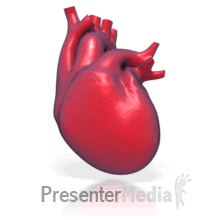Cardiopulmonary resuscitation (CPR) is a lifesaving technique useful in many emergencies, including a heart attack or near drowning, in which someone's breathing or heartbeat has stopped.
CPR keeps oxygenated blood flowing to the brain and other vital organs untill more definitive medical treatment can restore a normal limits.
It improves Circulation which means the flow of blood around the body. when the heart stops pumping we need to take over this situation by pushing hard and fast on the chest.
CPR can keep the oxygenated blood flowing to the brain and other vital organs untill more definitive medical treatment can restore the normal limits.
So Remember one thing " It's far better to do something than to do nothing at all"
Remeber the difference between your doing something and doing nothing could be SOMEONE'S LIFE.
. Start by placing the heal of one hand at the centre of person's chest and interlock your fingers like this.
. With arms straightened , press Hard and Fast letting the chest backup fully each time.
"FAST means around 2 times every second"
And
"HARD means the chest needs to go down by 5cm."
So you need to push hard to be effective.
. If you are trained you can give 2 rescue breaths after every 30 compressions as this help provides oxygen.
However if yourn't trained then just keep going hands on your compressions on the chest.
. If Someone else is with you; you can also swap over the compressions; but don't stop untill health professional arrives or the patient starts to breath.
Hope so this will be very helpful for all because it's really important know how to react in the emergency ; not to panic and save someone's life....


















































